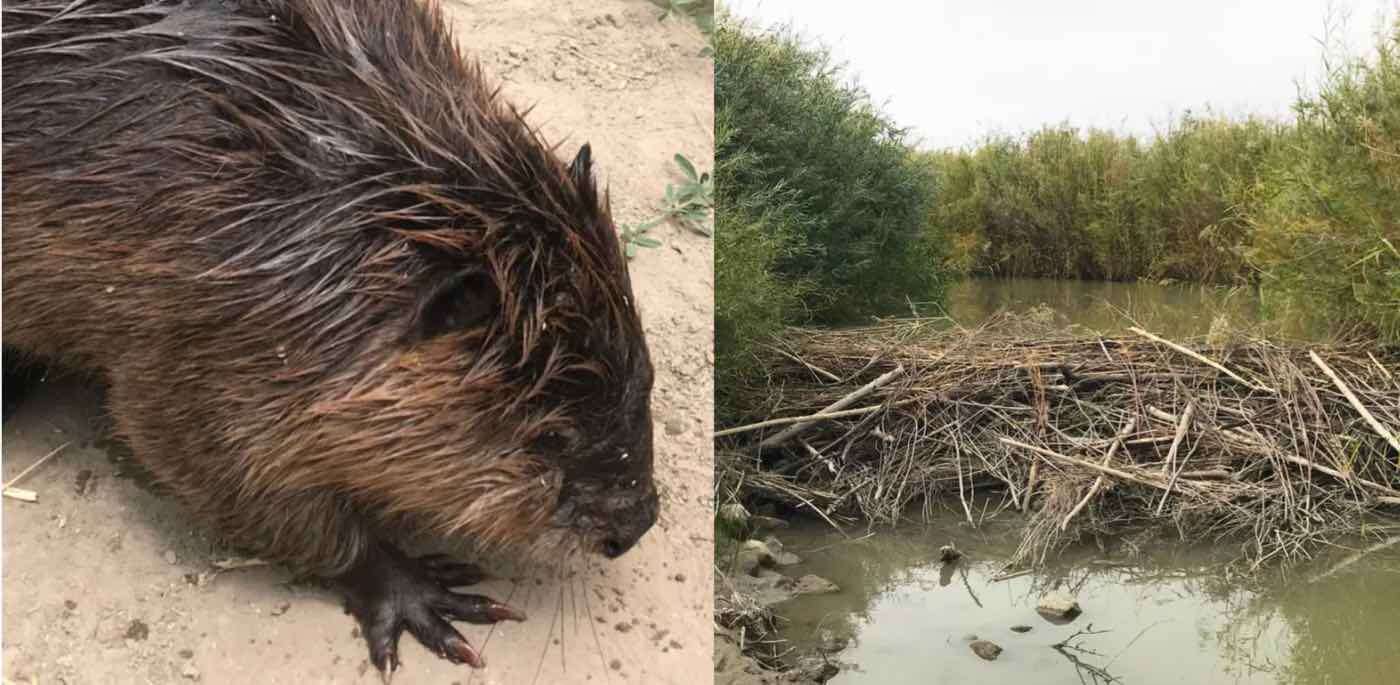The Most Stunning Moments For Animals in 2021 Will Make You Cheer - and Love Them Even More
2021 was full of amazing animal moments: of conservation victories, discoveries, stories of hope, and captivating encounters.

Beavers and their dams can positively impact essentially any environment they're placed in, even the scorching heat of the Moab Desert in Utah. And that's what a university researcher has achieved.
Looking for solutions to drought and wildfires, a Utah State University student began relocating problem beavers captured in other parts of the state into small, struggling waterways around the Price and San Rafael rivers.
Desert hydrology is delicate and fascinating. With far less rain than temperate ecosystems, many remain dry, or small trickles for large parts of the year before coming alive during short rainy periods. Decades of pollution and agricultural runoff means that many of Utah's small delicate waterways are heavily degraded.
Studies have shown that beaver dams can vastly improve the quality of wetlands and streams leading to better animal life and improved river health. It was for this service that the "ecosystem engineer" was targeted by Emma Doden as a potential rescuer, even if the idea of beavers in the desert "raised a few eyebrows."
Working by the Price and San Rafael rivers that run through some of eastern Utah's driest areas, Doden specializes in passive river restoration, which means there is no help from homo sapiens.
"We believed the system could support a lot more beavers," Doden told the BBC, "and we wanted to supplement it with translocated beavers."
The translocated beavers would have been euthanized, so the project also gives the animals a second chance after invading urban areas.
"Beaver dams are gaining popularity as a low-tech, low-cost strategy to build climate resiliency at the landscape scale," says one study investigating beaver dams effectiveness at protecting against wildfires. "They slow and store water that can be accessed by riparian vegetation during dry periods, effectively protecting riparian ecosystems from droughts."
Another study found that the ponds which are created on the dammed side of the beaver lodges can store huge amounts of sediment, then distribute it more safely around the river ecosystem.
This is the case, the study found, both in entirely wild areas with no human alterations and those adjacent to intense agricultural regions, meaning that no matter the conditions of sedimentation, beaver dams can help keep waterways clearer.
Sediment runoff from intense agriculture can result in heavily degraded waterways, and even degraded ocean ecosystems as the sediment reduces light, chokes coral, and causes toxic algae blooms.
Doden's university has a program for catching problem beavers and relocating them to the desert, where they will build dams to provide these benefits.
"The ultimate goal is to get them to build dams," she said. "The dams are what are going to increase habitat complexity and restore water."
In the dam-building seasons of 2019, 2020, and 2021, Doden and her team released more than 50 beavers into the area, some of which moved off downstream sometimes as far as 12 miles to build their dams.
Bill Thomas Hamilton wrote about trapping in Utah in My Sixty Years on the Plains, and how the rivers were plentiful with beaver, such that it would take 8 months to "trap out" an area.
Currently, little research exists, Doden says, on dam-building and river restoration in desert environments. But if research in other biomes is any indication, the project should be a resounding success, as millions of beavers used to lodge on Utah's rivers.
SHARE The Fascinating Eco-Restoration Story on Your Dam Social Media,,,
Be the first to comment